Taste the Remineralization: Rock Dust Helps Canadian Vineyard Improve Soil, Wine Grapes
Potter Settlement Artisan Winery is pioneering grapes tailored to the cold Canadian climate, taking advantage of the minerality of central-eastern Ontario to bring award-winning flavor to the wine. Minerality is probably the most important aspect of wine making, aside from the actual grapes, says vineyard owner Sandor Johnson.
No matter where you go on Planet Earth, vineyard owners will tell you how ‘mineral’ their soils are. Minerality is extremely important when it comes to wine, because it’s scientifically proven that the more mineral the soil, the higher quality the wine. What mineral does is it gives wine complexity and depth and aromas and taste.
What minerality will do is, as the plant uptakes it in the fruit, it just heightens everything. It’s the gold standard for all wine making.
Fortunately, his Hasting’s County farm resides where Canadian Shield meets Great Lakes silt. According to the Canadian Geological Survey, the area boasts 242 different minerals. By comparison, Niagara vineyards have roughly 15 different minerals, while nearby Prince Edward County vineyards have about 13.
Unfortunately, in some ways Johnson’s farm is a victim of its abundance, as a large section of the property was mined for its minerality about 75 years ago. “One area of my vineyard has always had issues with production. It has always been cold susceptible, and always disease susceptible. Production has never been right.”
The solution: Alan Reed — a ‘geomancer’ from nearby Madoc, Ontario. Johnson says, “He’s actually well known in the area for being the ‘mineral guru’. He knows a lot about minerality.”
In order to effectively remineralize the earth on Potter Settlement’s problem plot, adds Johnson, Reed sourced rock dust from exotic locales, including the Czech Republic, India and California, as well as from Reed’s own Ontario quarry. “He’s a wealth of knowledge, and he knew exactly what to do.”
Reed explained that he worked with the “natural energy flow” to find the right treatment. He says: “It’s interesting that one particular spot in the vineyard has never been able to get the grape to take. It will grow, but it never goes into production. And everything is kind of dwarfed out. It was just kind of a ‘heavy-water energy’ there.”
He adds: “What I did was basically find where there’s a natural meridian, and then I dug a hole in that spot and put in some magnetite. I put a ball of carbon there and some other paramagnetic mineral basically that acted as an oscillator as the natural currents of the seasons flow through the property.”
Missing from the plot were various colloidal clay molecules, suggests Reed. One of the big problems chemical fertilizers present is that while certainly they may work, they also wash away once it rains, he notes. Colloids hold in nutrients. Ancient societies understood how to “read the landscape” and tell from the consistency or aggregation what was missing, Reed says, and his sort of work is nothing new.
“I’m looking at soil from an energetic perspective, and not just nutritional profiling. That’s where we get consistent results. Basically, you read the landscape when you look at what vegetation grows, and what geometric expressions the plants or flowers, or the trees themselves, are making. The more you get fertility, the more diversity happens.”
While people might “kind of shake their heads” at the notion of geomancy, likening it to perceived pseudoscience such as alchemy or astrology, Johnson says that there is real knowledge and history behind the practice, which is why he decided to give Reed a chance. While ultimate proof will come with the quality and quantity of the grapes, so far Reed’s efforts seem to be proving effective on Potter Settlement.
“This past summer, just the health of the plants looked better. You could tell when walking through it that they looked greener, and they seemed happier.”
He adds: “[Reed] did his work. He brought minerals from all over the world. He assessed what we needed. Things are now springing back to life. It’s kind of remarkable. We’re kind of astounded at this, actually. Our hope is that next year, once the plants have a bit more strength, they’ll produce fruit.”
Tailored remineralization
It will take another year for Johnson to test the grapes’ quality, and another year after that before he can make wine from the remineralized patch. Winemaking is a slow artform. In terms of future remineralization, though, he sees other areas on his land that certainly could benefit from such treatment. He will have to assess the current crop first.
“We see a huge difference in how the plant life has responded. However, of course, it’s not just about ‘mom’, the plant. It’s also about ‘babies’, the grapes. It just has to strengthen up before it starts producing fruit. We’ll know next year. We fully intend on making a batch of that remineralized wine.”
For Johnson’s plot, Reed says he did use local rock dust. However, abundant as the area might be in minerality, he notes, it is also ancient stone land, meaning it lacks fresh volcanics. That is why the geomancer imported rocks from all over the world to make a “special blend” to meet the particular needs of the plot, based on experience.
“I just came to understand how these different stones came to contribute to fertility, and also for holding water or getting water to move on its own through the hydrologic cycle. I formulated a quality calcium blend, where I use four different food-grade calciums — calcium phosphate, calcium sulphate, calcium carbonate, and also some limestone.”
He adds: “Wollastonite is a calcium oxide, and there aren’t too many [acidic] oxides out in nature. The focus is always on getting alkalinity going, but we still do require some acidity for the minerals to be etched loose off the materials so the vegetables and plants can feed off of it as well. Calcium is king. If we look at all cellular division, calcium ions need to be available for cellular mitosis.”
For Johnson’s blend, Reed used rocks from several sources. Some deposits were glacier derived, sedimentary derived, oceanic derived, and volcanic. In addition, he included some 15-year-old compost, as well as a few types of seaweed. Figuring out the proper mix for any situation is all part of the ancient practice of geomancy.
“This is applicable to all situations,” Reed says. “If you use the right stones and stand them on the correct places, then you’re creating the march of the ions. You’re creating conductivity, both electrical and magnetic. That’s the flower of life. It tells things to jump out of the ground and make babies. When we lack that, we may make the plants grow, but they don’t bear fruit.”
Eventually, Johnson says, he would consider marketing a ‘remineralized’ wine, assuming all the grapes comprising that wine bottle were grown in remineralized soil.
Potter Settlement: Wine pioneers
When the Johnson family inherited the land upon which Potter Settlement is located, they had the intention of creating wine, as the family found this mineral-rich land was perfect for that purpose. In 1999, the family planted its first grape crop, working tirelessly since then to attain the perfect harvest. One of Johnson’s brothers has a PhD in chemistry and a degree in environmental toxicology, while his other brother was a Niagara winemaker.
For its 2016 Marquette red wine, the winery has received a prestigious Intervin International Wine Awards honour. Marquette is a hybrid grape, which the same University of Minnesota researchers who created the Honeycrisp apple (at the Minnesota Agricultural Experiment Station’s Horticultural Research Center) developed to survive colder climates.
 Johnson says: “They took a grape from Québec, called ‘landot noir’, which evolved on this continent for millions of years, resisting area diseases that you’d have to spray for if it’s, for example, a merlot. And so, it can resist disease and resist the cold down to -50 C, because it’s from Québec. The wine isn’t that great, but that’s not important.”
Johnson says: “They took a grape from Québec, called ‘landot noir’, which evolved on this continent for millions of years, resisting area diseases that you’d have to spray for if it’s, for example, a merlot. And so, it can resist disease and resist the cold down to -50 C, because it’s from Québec. The wine isn’t that great, but that’s not important.”
Researchers married the Québec grape with Pinot Noir from France, which is delicate and susceptible to diseases in North America. The hybrid — referred to as ‘Miracle Marquette’ or ‘Muddy Marquette’ — is 100-per-cent resistant to local diseases, and it can survive and thrive in the frigid Canadian winters, which is why Potter Settlement pioneered it. This is the first new grape recognized by the Government of Ontario in 40 years.
“That’s one of our most medaled wines, with 18 international medals — golds from California. We beat out France 18 times over, and we received the Premier’s Award and a personal invite to serve [former] President Barack Obama in the Oval Office, as well as Prime Minister Justin Trudeau.”
Doing things the ‘old way’
In its previous iteration, his family farm was a dairy farm, notes Johnson, meaning it boasts some great topsoil mixed in with mineral sand from decades of cattle grazing. The vineyard maintains an organic approach to farming, planting clover as a complementary crop to fix nitrogen, and allowing legumes to grow naturally between the rows.
 Potter Settlement promotes organic, low-emissions agriculture to produce optimal-quality wine. On a farm where workers often do things the “old way,” Johnson sees remineralization as a valuable tool. “We’re hand-pulling weeds and we’re doing everything right. We want to ensure the land is viable for future generations, and for posterity’s sake.”
Potter Settlement promotes organic, low-emissions agriculture to produce optimal-quality wine. On a farm where workers often do things the “old way,” Johnson sees remineralization as a valuable tool. “We’re hand-pulling weeds and we’re doing everything right. We want to ensure the land is viable for future generations, and for posterity’s sake.”
Interesting fact: Part of what makes wine taste good is not just due to minerality, says Johnson, but also the stresses that grapes are under when trying to grow. A little bit of harsh conditions (which Canada has in abundance) encourages production of anthocyanins, esters, and flavonoids, all of which help bring out more character in the grapes. “When you press wine out of grapes that are actually suffering, you get a better wine.”
For an Ontario vineyard striving to use traditional methods to produce high-quality wine, Reed’s Continuum Mineral Resource Company is perhaps a perfect match, although both Reed and Johnson recognize the quality of the grapes on the problematic plot will provide the ultimate determination. In the end, making fine wine is not mere science, but art.
Carter Haydu is a writer, reporter, and journalist based in Alberta and Saskatchewan. He works for JuneWarren-Nickle’s Energy Group, with regular articles appearing in the Daily Oil Bulletin. He is a freelance columnist with the award-winning Quad Town Forum weekly newspaper, based in Vibank, Saskatchewan. He also contributes content for a series of magazines in and around Regina and Saskatoon. He received a BA in Political Science and Philosophy from Augustana University College in 2001 and a diploma in journalism from Grant Macewan College in 2005.
(Photos courtesy of Potter’s Settlement, except for the photo of Alan Reed.)
Support us on Patreon
Thank you for joining us today! Please become a member of RTE and support us on Patreon. Unlike many larger organizations, we work with a team of determined and passionate volunteers to get our message out. We aim to continue to increase the awareness of remineralization to initiate projects across the globe that remineralize soils, grow nutrient dense food, regenerate our forests’ and stabilize the climate – with your help! If you can, please support us on a monthly basis from just $2, rest assured that you are making a big impact every single month in support of our mission. Thank you!

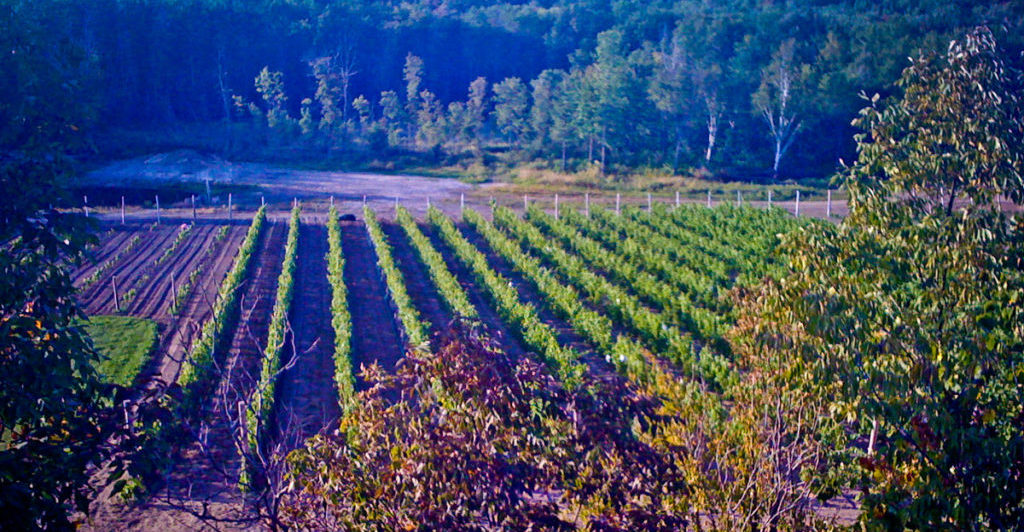
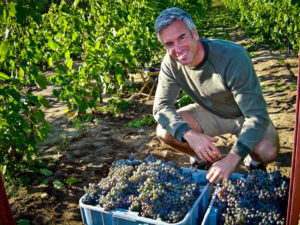
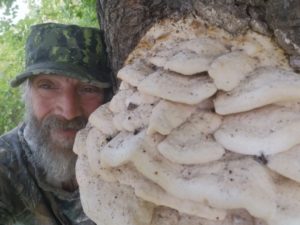
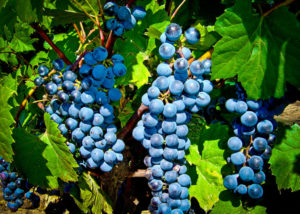
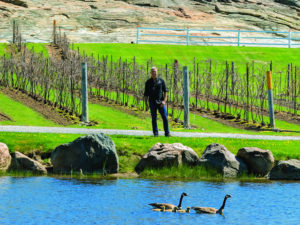
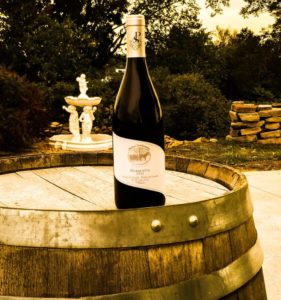






Got something to say?